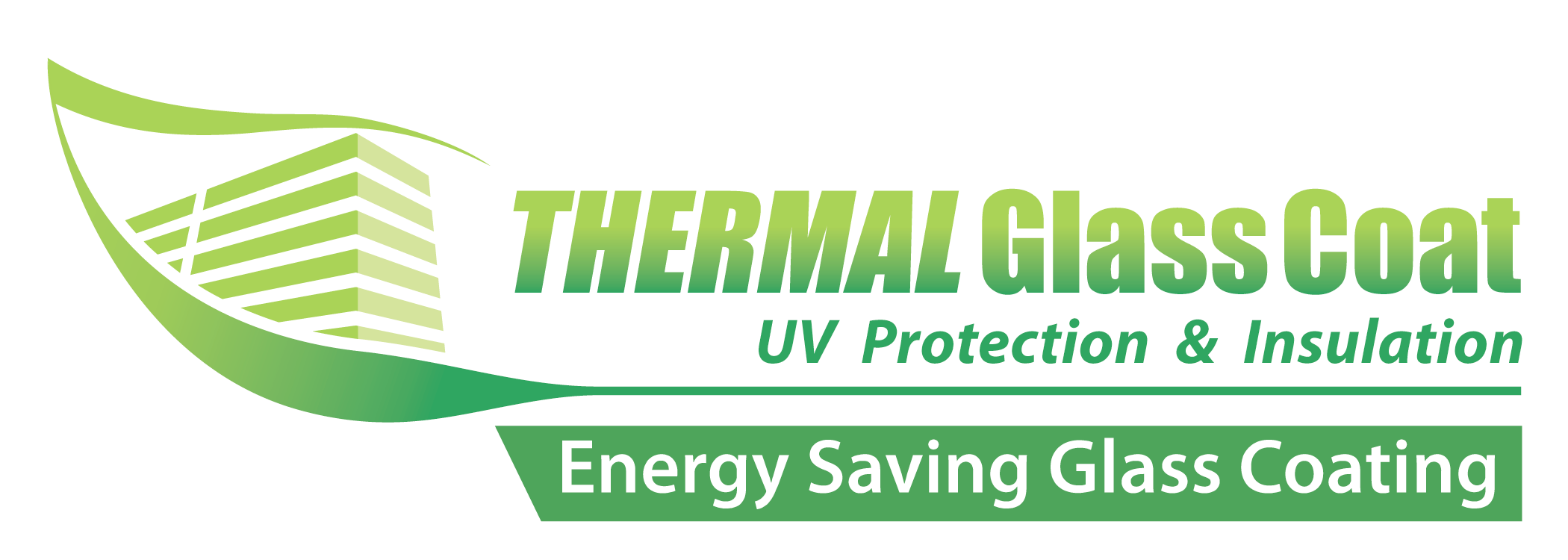
Choosing the Right Insulation for Your Virginia Home
When it comes to insulating your Virginia home, the choices can seem daunting. With options like spray foam and batt insulation, understanding the advantages and limitations of each can significantly impact your home's energy efficiency, comfort, and long-term savings. This article will help you navigate this crucial decision.
Exploring Spray Foam Insulation
Spray foam insulation has quickly become popular due to its remarkable ability to seal any gaps in your home. Made from polyurethane, it comes in two varieties: open-cell and closed-cell foam.
Superior Insulation: Spray foam expands on application, forming a strong barrier against air leaks and keeping your home at a consistent temperature.
Moisture Management: It also acts as a moisture barrier, which is essential in preventing mold—crucial for homes in humid Virginia.
Longevity: Its durability ensures that once applied, it will last for decades, making it a wise investment for homeowners.
However, spray foam comes with a higher price tag and requires professional installation, which can be a deterrent for some.
The Case for Batt Insulation
Batt insulation, made from materials like fiberglass, rock wool, or cotton, presents a more traditional and budget-friendly option. Although it doesn’t provide the same airtight seal as spray foam, it is still reliable and easy to install.
Cost-Effective: Batt insulation typically costs less than foam and can be a good choice for straightforward retrofit projects.
DIY Friendly: Many homeowners appreciate the ease of installation, as batt insulation doesn’t require specialized tools.
Energy Savings: While it might have a lower R-value, effective installation of batt insulation can still contribute to energy savings.
Yet, batt insulation requires maintenance, as it may settle or compress over time, reducing its effectiveness.
Which Insulation is Right for You?
The choice between spray foam and batt insulation depends largely on your home's specific needs, budget, and personal preferences. If you're seeking maximum insulation and are open to investing in long-term solutions, spray foam may be the way to go. Conversely, if you’re on a tighter budget or prefer a quicker installation, batt insulation could be the best fit.
Combining Approaches for Maximum Efficiency
In some scenarios, a hybrid approach may serve your home best—using spray foam in high-risk areas and batt insulation elsewhere for added insulation value. Consulting with an insulation expert can better tailor your insulation strategy to your unique needs.
Regardless of the type you choose, proper insulation leads to:
Lower energy costs
A more comfortable living environment
 Add Row
Add Row  Add Element
Add Element 


Write A Comment